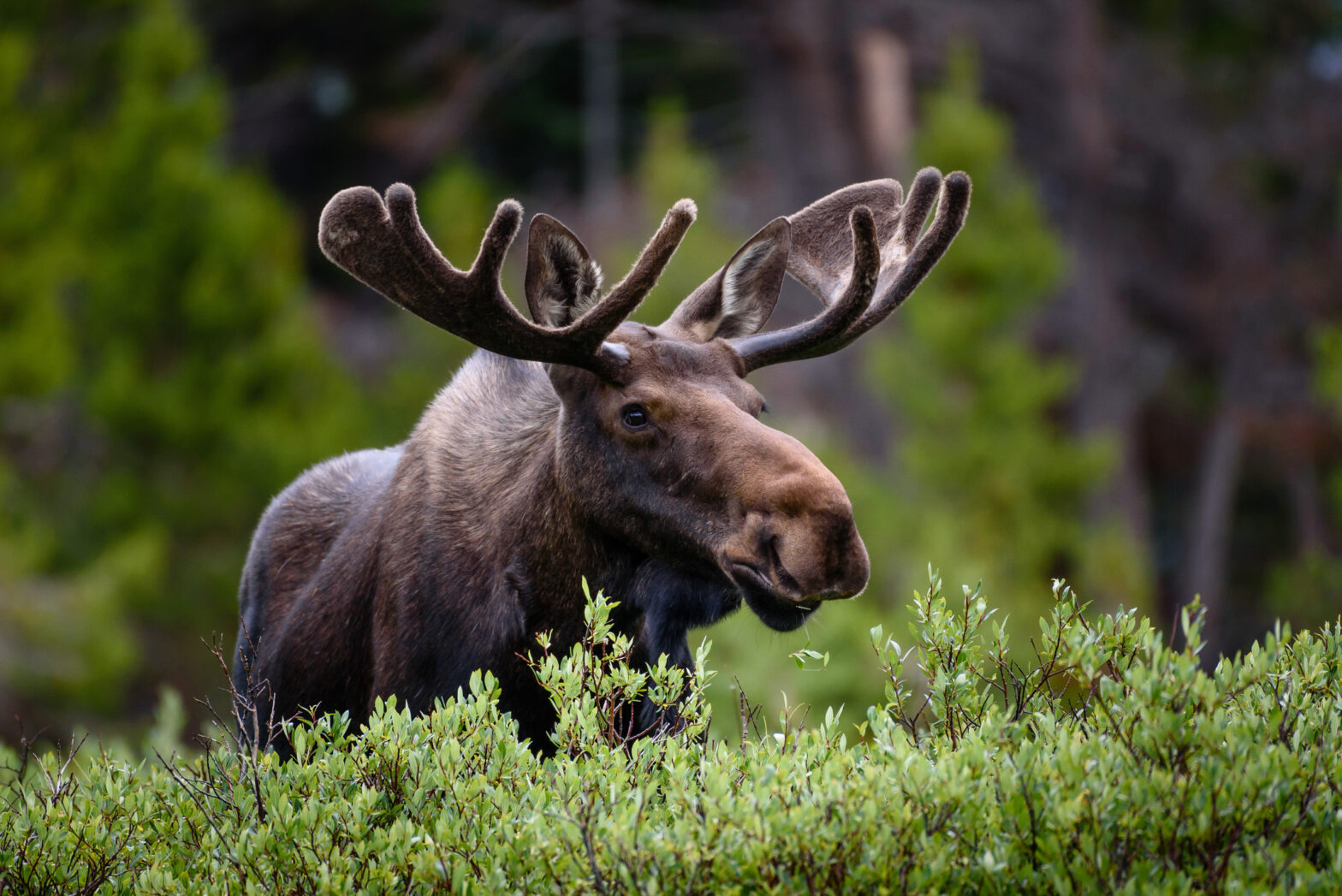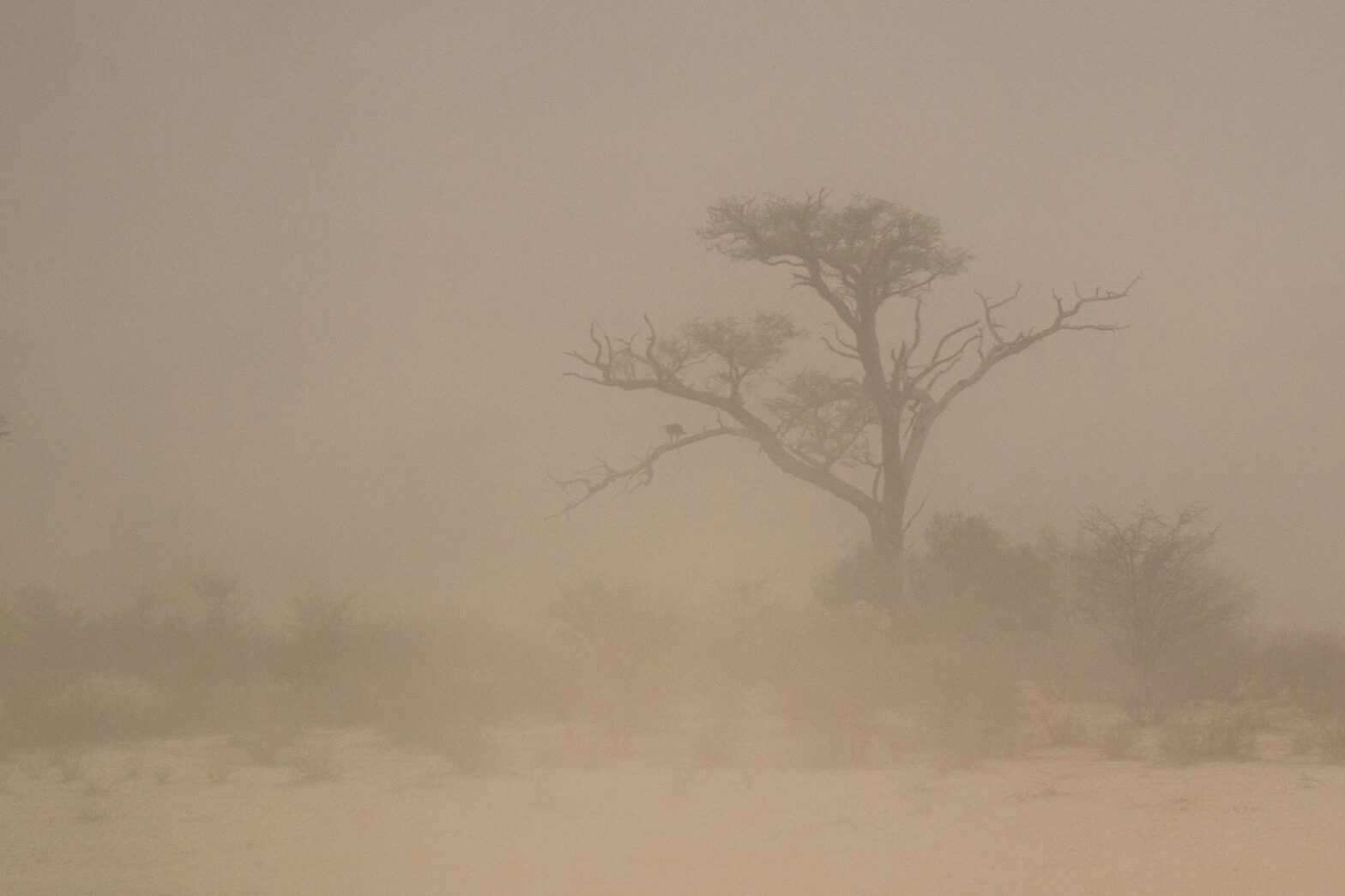Every spring, deep in the forests of northern Sweden, a quiet and powerful journey begins. The BBC reports that moose set off on their annual migration from the inland forests toward the coast. They’re searching for cooler temperatures and fresh pastures. But they’re not doing it alone. Millions of people from around the world are watching.
Den stora älgvandringen — The Great Moose Migration — is livestreamed around the clock by Sweden’s public broadcaster SVT. It’s become one of the most beloved broadcasts in the world of “slow TV,” where the pace of nature is the main attraction. The cameras run 24 hours a day, capturing the moose as they wander through snowy woods and swim across icy rivers. There’s no narration or background music, just birdsong, wind, and the sound of hooves crunching through forest paths.
Why Sweden’s Great Moose Migration Captivates Millions
This broadcast draws people in because it offers a rare kind of stillness — a calm, unhurried presence in a world that never stops moving. Viewers often describe it as meditative. Watching a moose slowly wade into a river or pause in the trees can feel like a reset. There’s no drama, no rush, just the rhythm of the natural world moving forward, one careful step at a time.
Sweden’s Great Moose Migration livestream first launched in 2019. Since then, it has grown steadily in popularity. In 2024 alone, more than nine million people tuned in. This year’s migration started on April 15, a little earlier than usual due to a warmer spring, and the broadcast will continue until early May. Behind the scenes, a team of around 15 people keeps everything running. They manage more than 30 cameras along the migration route, including key spots like the Ångerman River, one of the moose’s main crossing points.
The crew operates from a control room in Umeå but avoids interfering with the wildlife. The footage is completely unscripted and uninterrupted. The program has inspired a dedicated online community. Viewers post real-time updates and screenshots of moose sightings. Some wake up early to catch them crossing at dawn. Others keep the stream running in the background.





